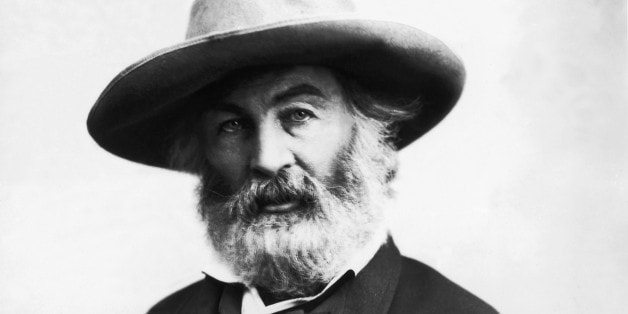|
Excerpt from OHBM Communications/Media Team article on Huff Post Science: From Broken Brains to Frankenstein: A Walt Whitman Birthday Listicle
"Walt Whitman was born on this day in 1819. His lifespan overlapped with a period in neuroscience history that laid the foundation for today’s exciting time of brain exploration. For example, in 1854 when Whitman was 35 years old, Emil Huschke produced the first lithograph of the human brain. Just one year later, Pierre Gratiolet proposed a strategy for how to demarcate the lobes of the human brain that is similar to how they are defined today. Though he would likely roll over in his grave at the word listicle, here are three ways Whitman is historically linked to the brain. . . " Read more
0 Comments
Human brain mapping is inherently an interdisciplinary pursuit that benefits from the collaboration of diverse groups with a breadth of perspectives and expertise. This is why my colleagues and I are pleased to announce the formation of the OHBM Open Science Special Interest Group (SIG) to foster collaboration by encouraging the open dissemination of insights, tools, and data.
Excerpt from new OHBM Communications/Media Team article on Huff Post Science: "Reading is a fundamental ability that is critical for academic success. Currently, 5-15% of school children suffer from reading difficulties, which positions them at a lower starting point in school. Wouldn't it be great if we could identify neurobiological biomarkers of reading difficulties in less than an hour? Based on recent findings, it looks like we are becoming closer to making this goal a reality." Read more here.
What do your brain maps have in common with Neil deGrasse Tyson’s? More than you might think.5/13/2016 Excerpt from OHBM Communications/Media Team article on Huff Post Science:
"One of the cool things about being human is that you know you’re you and that you have skills and abilities that others don’t have. For example, qualities that differentiate you from astrophysicist Neil deGrasse Tyson and vice versa. Despite the individual abilities of our brains that may make us different from one another, there are also both structural and functional aspects of our brains that we all share. For example, individuals without brain damage each have the same number of lobes in the brain. Additionally, whether you know it or not, we also each have many different types of functional brain maps." Read the full article here.  We've just launched a series of articles on the Huffington Post. Unlike traditional ‘hot-off-the-press’ articles written by science journalists, these posts are written by the brain mappers themselves. As such, they cover not only current topics, but also foundational information that sometimes lies forgotten in dusty textbooks. The posts cover a range of topics - anything from what it would be like to walk along the cortical ribbon, to similarities between brain maps in you and in the astrophysicist, Neil deGrasse Tyson. They are fun, entertaining and under 800 words! Find the first article here, and stay tuned for more over the coming weeks. Given the growing concerns about the reproducibility of published research, OHBM created the Committee on Best Practices In Data Analysis and Sharing (COBIDAS) in 2014. The committee’s subsequent white paper describes best practices of data analysis and sharing in the brain mapping community. After extensive feedback, the whitepaper has been revised to reflect this broader input. The brain mapping community (including both members and non-members of OHBM) must now vote whether or not to support the report as the official best practice document of the OHBM. The voting closes on May 12th, 2016. We strongly encourage everyone to read and understand the importance of this work, and to voice your opinion with your vote.
Symposia have always been a major highlight of the OHBM annual meeting for me. Talks in a symposium are shorter than keynotes but often feature similarly senior speakers. As such, these talks provide high-level insights that expand my horizons beyond my own research focus. This year, there were so many excellent proposals that the Program Committee decided to go with three parallel tracks each afternoon, similar to the morning workshops (now called morning symposia). I suspect many meeting attendees, like me, will find an embarrassment of riches. Given my interests in brain networks and connectivity, I found this year’s program especially exciting, with at least seven different symposia directly related to this topic.
|
BLOG HOME
Archives
January 2024
|

 RSS Feed
RSS Feed